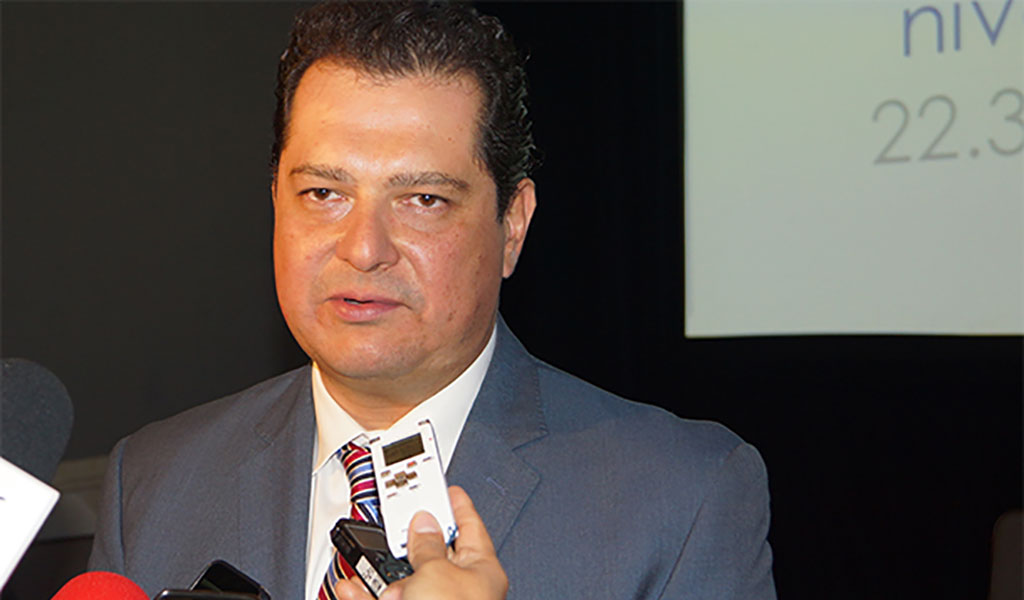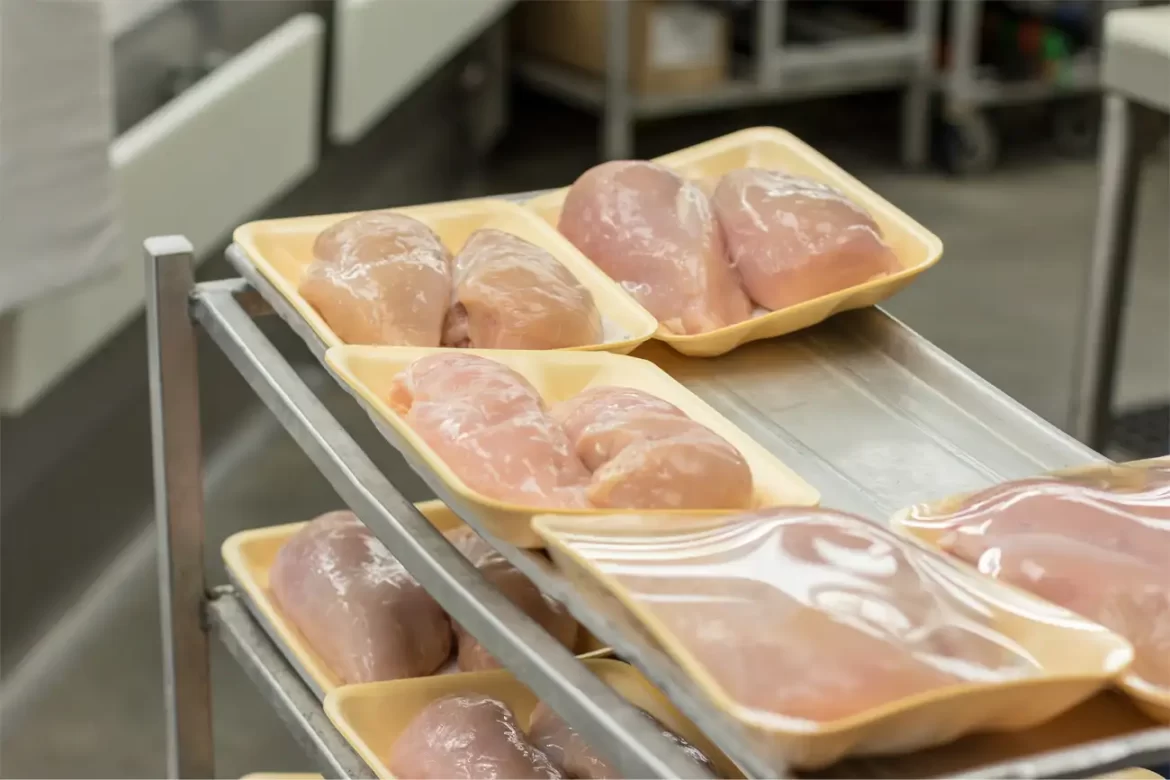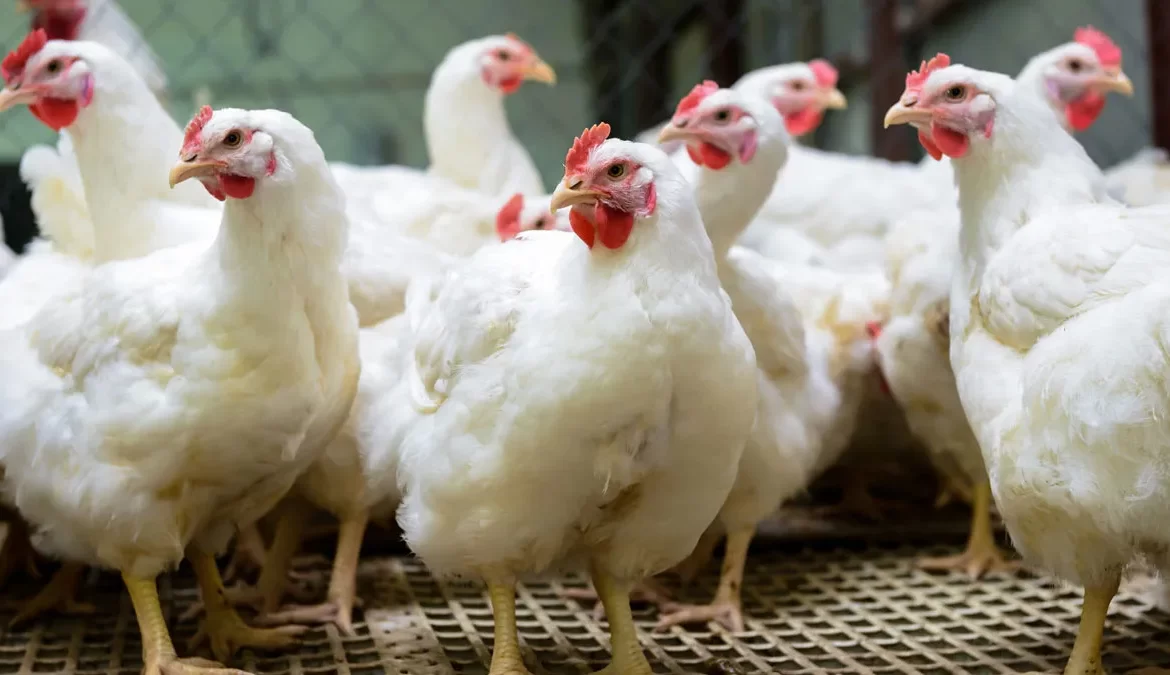-
- It is necessary for the Ministry of Economy to stop the tariff-quota of 300,000 tons for the importation of chicken from Brazil: Cesar Quesada Macias
- Chicken imports from Brazil account for 8% of the total
- Quotas have not met their objective –for chicken going to the consumer to be more inexpensive
Mexico City, September 6, 2016. It is necessary for the Ministry of Economy to stop the (free from tariff) tariff-quota for 300,000 tons of chicken meat, since its application is affecting Mexican poultry producers, aside from the fact that it does not guarantee that consumer prices are cheaper, said Cesar Quesada Macias, President of the Board of Directors of UNA.
The President of Mexican poultry producers said that since the application of the tariff-quota, published in the Official Gazette of the Federation on May 16, 2013, and extended on December 22, 2015; it has favored chicken meat imports, mainly from Brazil. This has caused such transactions to account for 8% of the total imports.
“This figure is of concern to us mainly because we see a clear upward trend, and with this, a displacement of the domestic product. From the US, leg quarters are imported, and now from Brazil, mainly breasts”, said Quesada Macias.
From the beginning of the tariff-quota, the doors of the Mexican market were opened to Brazilian chicken exports –since that date, 60,000 tons of product have arrived.
Therefore, it is necessary for the Ministry of Economy authorities to analyze what is happening in the domestic market, and to realize that the costs of the measures implemented:
- In terms of employment: per every one percent of penetration of imports, 12,000 jobs are NOT generated (both direct and indirect ones) for the domestic industry. In 2015, around 98,000 jobs were not created.
- By production value, per every one percent of imports penetration, 632 million pesos of added value for the economy are not generated. In 2015, 9.5 billion pesos were NOT generated.
- In tax matters, there is an additional loss due to lost taxes both for income as well as payroll taxes impacting negatively the Mexican IRS when displacing the domestic production with imports.
He reminded that when the tariff – quota was introduced, the animal health condition of the poultry industry were different since there was the presence of the H7N3 Highly Pathogenic Avian Influenza, but this crisis was overcome and now we are recovering our growth and supply to the markets with Mexican chicken, whose main attribute is being fresh.
Importation Quotas Have not Favored Consumers
On the other hand, Quesada Macias said that the tariff-free chicken importation quotas, far from its objective, have not favored consumers, since the margins of the distribution chain are on the rise, and thus there is no benefit from imports.
He provided some examples, saying that whole chicken prices for the producer from 2013 to this date have been maintained very stable in a range of $18.50 to $20.50 per kilo; prices when the end consumer receives it are between $34.70 and $35.70, in the same period of time. This means there is an 89% difference in the margin.
In accordance to a study by UNA, the commercialization margin of distributors went from 58.4% in 1996 to 108.3% in 2015.
“Thus, in fact, we do not see any benefit for the end consumer, since the large margins mentioned are taken by the distributors”, he said.
He insisted on the willingness of the Mexican poultry industry to compete, but always on a level playing field, which is not the case when it comes to the Brazilian exports to Mexico.
“If the Federal Government has considered the poultry industry as a strategic sector for the country, why does not it foster its growth and promotion?” He asked.
He added that the growth of the poultry industry in Mexico was greater than the growth of the Mexican economy –for example for 2015, the industry grew 3.9%– whereas the economy of the Country grew 2.5% in the same year, and the population grew 1.4%, according to INEGI’s estimates.
The poultry industry has shown its desire to work jointly with the Government, also it has expressed its commitment to continue offering safe and high quality food products for Mexicans, he concluded.



